Environmental and sustainability issues are inevitably involving the world of architecture. Processes, technologies and, above all, new ways of approaching design today pose many questions in a constantly changing context.
ELF: In your work, you have always considered the relationship with the territory, with the habitat in which each new artefact must be able to fit in to establish relations, to be indispensable. A way of working that is recognisable starting from the development of an 'anthropological dimension' of the work of architecture, which is always present in the successive phases of development and realisation of the project. How do you see the transformations of architecture today with respect to the new environmental demands, and what do you think the designer's task and attitude should be?
MB: I see, in the world of architecture today, a rather confused situation : there is no clarity. Speed confuses ideas, the rapidity of transformations makes us all a bit opaque. I am also trying to understand where we are going and where we should be going. Architecture is a solid, concrete discipline that nevertheless needs great clarity. Since the time of Leon Battista Alberti, every historical phase, every critical condition that the world of architecture has been able to express, has had to come to terms with the confusion of its time.
Architecture is something well-defined, unchangeable, that does not concede any flaws with respect to culture, of which it is, on the contrary, always a mirror, pitiless perhaps, but still linked to the values expressed in a given historical period.
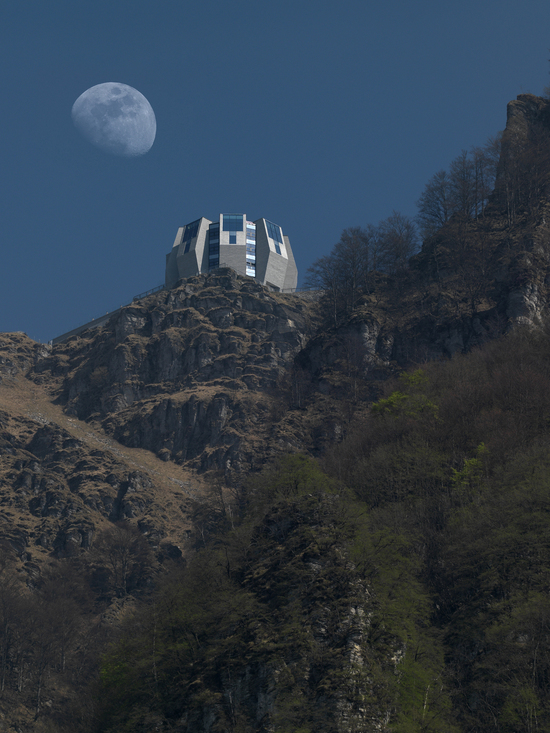
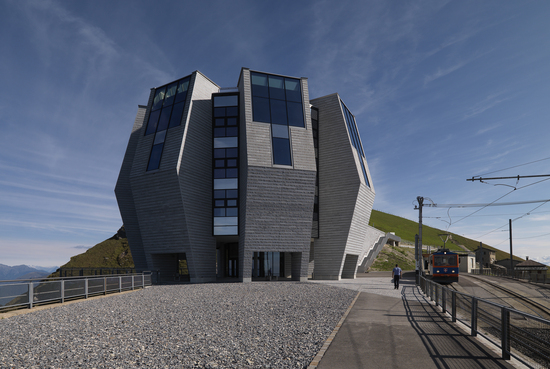
Fiore di pietra accommodation, Monte Generoso, Switzerland (2013-2017). Photo © Enrico Cano
In these post-pandemic, post-climate change years, we have crossed the last century with great enthusiasm towards a modernity that had in fact already passed.
Instead, we find ourselves at the foot of the ladder. I see many shadows, not only over architecture but also over our way of life, over the younger generation. We did what we could within the momentum of the consumer society, which of course we criticised, but which, at the same time, was a driving force. What the designer's attitude might be today and in the future is not easy to say. What is certain is that we are currently living in a phase where great caution is required, especially with regard to the catastrophes that are unfolding before us: the nuclear catastrophe, climate and environmental catastrophes, situations that have never before come to the surface so clearly.
For a century, we lived off a historical legacy of optimism seeping out of all pores of society. Now we are faced with ethical truths first and foremost, with which we have to reckon. So I would like to see an attitude aimed, first of all ,at trying to understand the deeper reasons for the transformations taking place, so that the next generations can move forward. It is a dramatic issue in many respects, a Hamletic question in a way: to be or not to be? I live this condition of uncertainty first of all in the discipline with which I try to filter our ‘weltanschauung’, a vision of the world, i.e. through the tools of architecture.
ELF: Over many years you have constantly emphasised the importance of the relationship between nature and architecture and the centrality of the individual. Many of the values underlying these balances are often called into question today. What strategy do you think can be implemented to safeguard them? What pitfalls do you think, but also what opportunities can the world of architecture reserve for the design community today?
MB: What opportunities can the world of architecture hold in store? As long as man exists, there will be a need for a home for him. Man cannot live in nature, he cannot live like an animal, he cannot live without defence against the weather, heat and cold. Man has become a very fragile, very precarious creature. And, therefore, he must take care of himself in order to survive. From this point of view, architecture is inseparable from man's life; one cannot live without an appropriate, constructed space. Once, it was enough to defend oneself against animals, now it is necessary to defend oneself against viruses, against nature, which increasingly presents malign rather than benign conditions. Coping with environmental balances is therefore a prerequisite for survival.
.jpg)
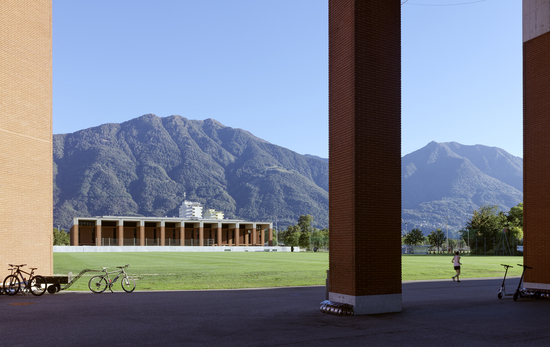
National Youth Sports Centre, Tenero (Stage 4 2019-2023) This is the last stage of the expansion of the sports centre, which began with Stage 2 (1990-2001) and continued with Stage 3 (2006-2013). Photo © Enrico Cano
The world of architecture must seek new opportunities, including through history, through memory, through technology. For me, this is the only possible possibility to survive in the face of the most radical events of nature. On the other hand, men have wickedly gone to great lengths to upset the balance of nature and it will be a greater struggle to cope with this, unequal probably, in the sense that nature will have the upper hand. There is no construction, no pyramid that can stand up to comparison. However, it comforts me to think that architecture is a humanistic discipline, it carries with it the knowledge, the culture, the tradition of a territory.
And it is from experience, from the capacity for memory, that I believe architecture can find the strength to face new challenges. It is a spiritual condition of existence, I would say. We were not created from nothing and we have the capacity, which perhaps animals do not have, to find possible solutions through historical memory.
As a designer, I firmly believe that the territory of memory is a fundamental operational tool to still give man a space to live.
ELF: On more than one occasion you have reminded us that designing both a small object and an entire building is still a way of expressing a vision of the world, a desire to make it better, more hospitable, more congenial to human life and joy. What references, what stimuli for this purpose could, in your opinion, come to the aid of the younger generations of architects in the future?
MB: In the course of many years of activity, I have had the opportunity to verify how the theme of places of worship is perhaps the one where the meaning of design work is best expressed. To confront oneself with the basic elements such as the human thought and life, the motivations of his being, his doubts… is to enter the deepest reasons behind a work of architecture.
.jpg)
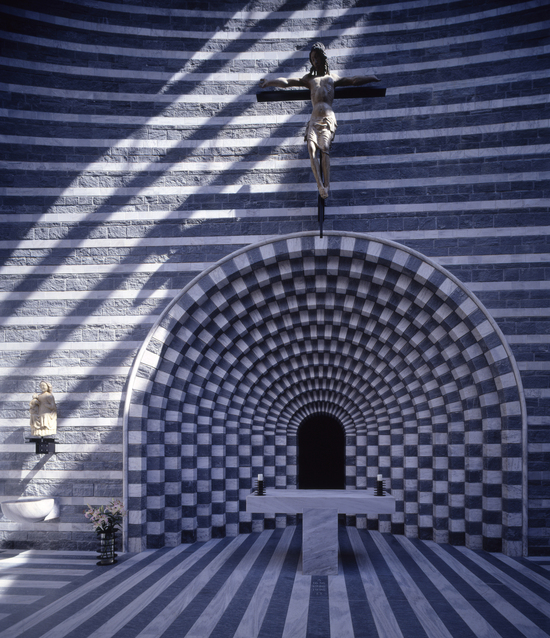
Church of St John the Baptist, Mogno, Switzerland (1986-1996). Photo © Pino Musi
In the space of the sacred I found the conditions of gravity, of light. And without light there is no space, there can be no architecture. The concept of limit, of threshold, is another fundamental element of a construction. I always try to identify and give importance to these concepts through which the conditions of balance between man and the environment are determined.
However, I consider it useless to engage in rhetoric; man has always wondered about the reasons why it is worth fighting, working and believing in one's own doing. In this direction, the contribution of artists comes to our aid. Only those who have succeeded through their works in deeply articulating the problems of living, of being men on earth today, the anxieties but also the pleasure of achieving something to make us happier, have succeeded.
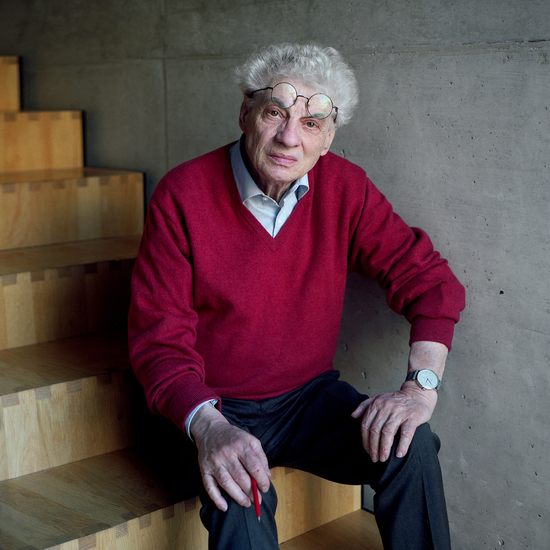
Mario Botta. Photo © Flavia Leuenberger Ceppi
Originally written by Enrico Leonardo Fagone